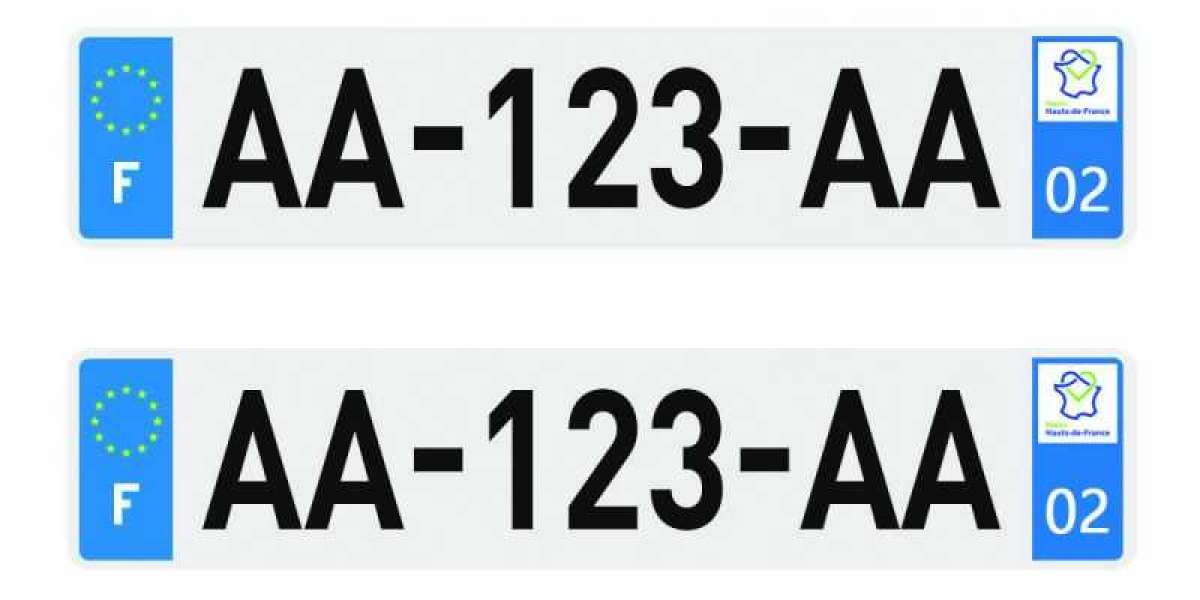In the dynamic landscape of multimedia, animation music videos have emerged as captivating pieces of art that blend visual storytelling with musical compositions. The synergy between animation and music offers a unique platform for creative expression, allowing artists to convey narratives, emotions, and messages in innovative ways. From the conceptualization stage to the final rendering, every aspect of animation music video production involves intricate craftsmanship and meticulous attention to detail.
Understanding Animation Music Videos
Animation music videos are a fusion of two distinct art forms: animation and music. Unlike traditional music videos that feature live-action footage, animation music videos leverage animation techniques to bring visual concepts to life. These videos encompass a wide range of styles, from 2D hand-drawn animation to 3D computer-generated imagery (CGI), stop motion, and mixed media.
The Creative Process
Conceptualization and Storyboarding
At the heart of every animation music video production lies a compelling concept. The creative process typically begins with brainstorming sessions where directors, animators, and musicians collaborate to develop ideas that complement the song's themes and lyrics. Once a concept is finalized, artists create storyboards to outline the visual narrative, establishing key scenes and transitions.
Animation Techniques
Animation music videos offer a playground for experimentation with various animation techniques. Traditional hand-drawn animation provides a timeless aesthetic, while CGI enables intricate detailing and seamless movement. Stop motion animation adds a tactile quality, blending real-world objects with digital environments. Each technique has its own unique appeal, allowing artists to tailor their approach to suit the mood and style of the music.
The Role of Music
Synchronization and Rhythm
In animation music videos, music serves as the guiding force that drives the visual narrative. Animators meticulously choreograph movements and transitions to synchronize with the rhythm and tempo of the music, creating a harmonious fusion of sight and sound. This synchronization enhances the viewer's emotional engagement, drawing them deeper into the immersive experience.
Emotional Resonance
Music has the power to evoke a wide range of emotions, and animation amplifies its impact by adding a visual dimension. Through expressive character animation, dynamic camera movements, and vibrant visuals, animators capture the emotional essence of the music, eliciting powerful responses from the audience. Whether conveying joy, sorrow, or nostalgia, animation music videos create an emotional resonance that lingers long after the music fades.
Production Pipeline
Pre-Production
During the pre-production phase, artists lay the groundwork for the animation music video. This involves refining the concept, creating storyboards, designing characters and environments, and planning the animation techniques to be used. Additionally, pre-production may involve casting voice actors, recording music, and finalizing the script and lyrics.
Production
Once pre-production is complete, the production phase begins, where the actual animation work takes place. Artists bring the storyboard to life through a combination of drawing, modeling, rigging, and animation. This stage requires meticulous attention to detail, as animators work to ensure smooth movements, expressive performances, and cohesive visual storytelling.
Post-Production
In the post-production phase, the final touches are added to the animation music video. This may include compositing different elements, adding special effects, refining the color palette, and synchronizing the animation with the music. Sound design and editing play a crucial role in enhancing the auditory experience, ensuring that the music blends seamlessly with the visuals.
Challenges and Opportunities
Technical Complexity
Animation music video production can be technically demanding, requiring proficiency in software tools and animation techniques. Artists must navigate complex workflows, troubleshoot technical issues, and optimize rendering times to deliver high-quality results within budget and schedule constraints.
Creative Freedom
Despite its challenges, animation music video production offers unparalleled creative freedom. Artists have the opportunity to explore innovative ideas, experiment with visual styles, and push the boundaries of storytelling. This freedom fosters artistic expression and encourages collaboration between musicians, animators, and directors.
Impact and Reach
Audience Engagement
Animation music videos have a broad appeal, captivating audiences of all ages and backgrounds. Their visual richness, combined with the emotive power of music, makes them highly engaging and shareable across social media platforms. As a result, animation music videos have the potential to reach a global audience and garner millions of views online.
Cultural Influence
Beyond entertainment, animation music videos have the power to shape cultural conversations and inspire social change. Through poignant storytelling and thought-provoking imagery, these videos can raise awareness about important issues, challenge societal norms, and promote empathy and understanding.
Conclusion
Animation music video production is a multifaceted endeavor that blends artistry, technology, and storytelling prowess. From conceptualization to execution, every stage of the process requires collaboration, creativity, and attention to detail. Through the seamless integration of animation and music, these videos transcend traditional boundaries, offering viewers a mesmerizing journey into the realms of imagination and emotion. As the medium continues to evolve, animation music videos will undoubtedly remain a vibrant canvas for artistic expression and cultural exploration.







